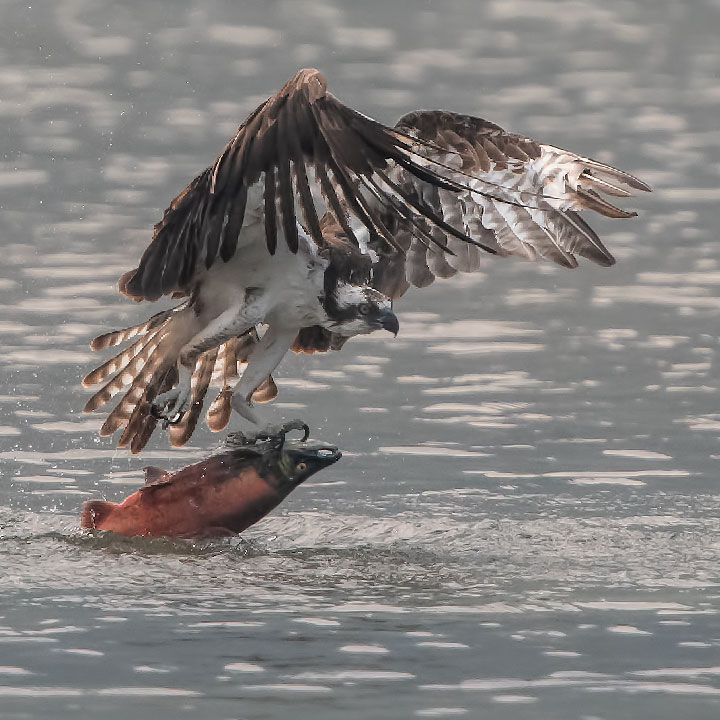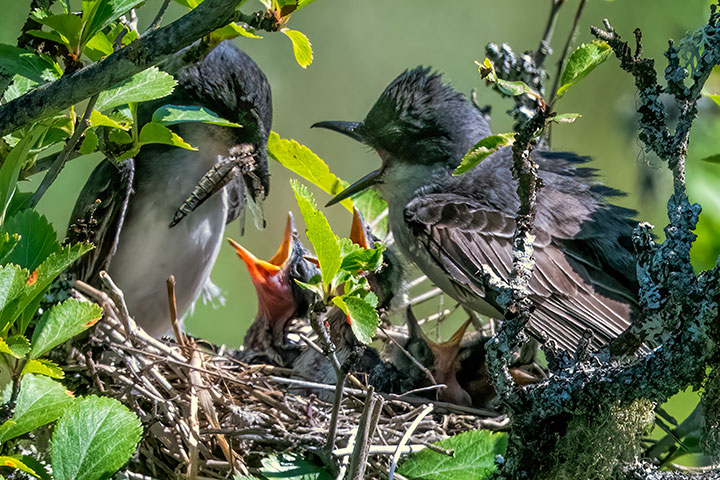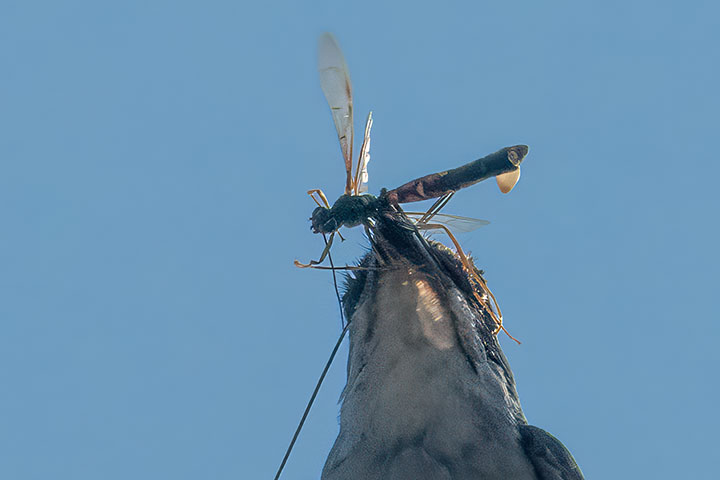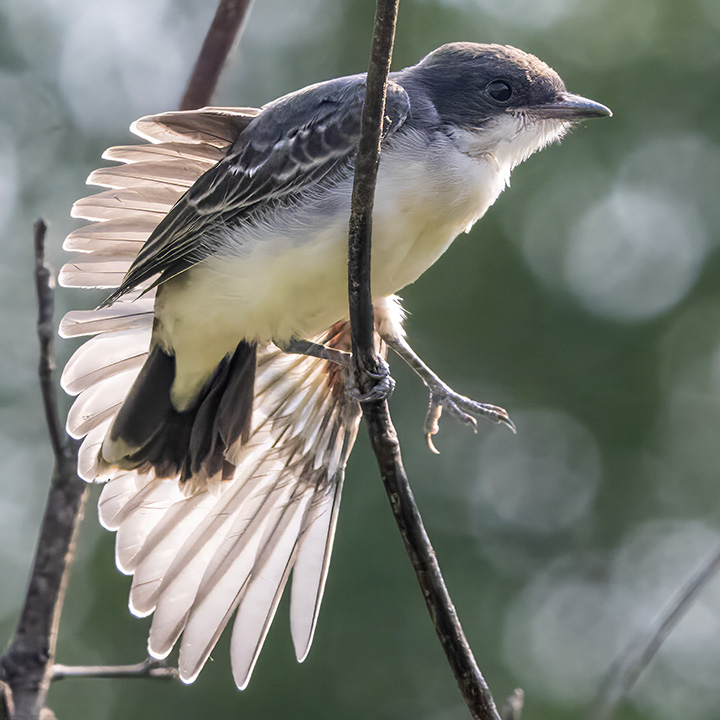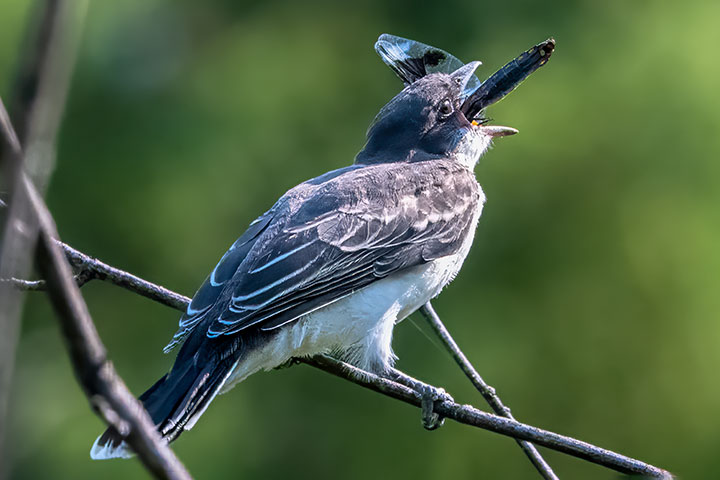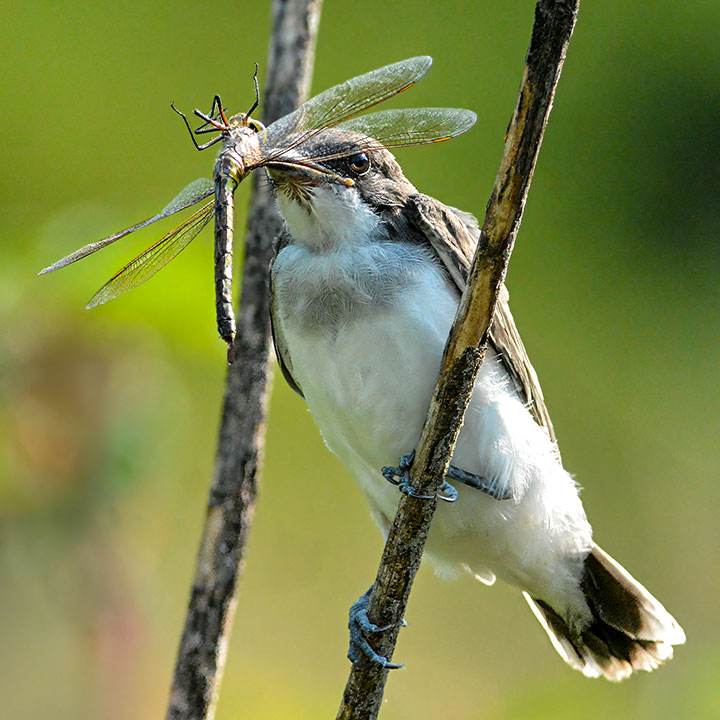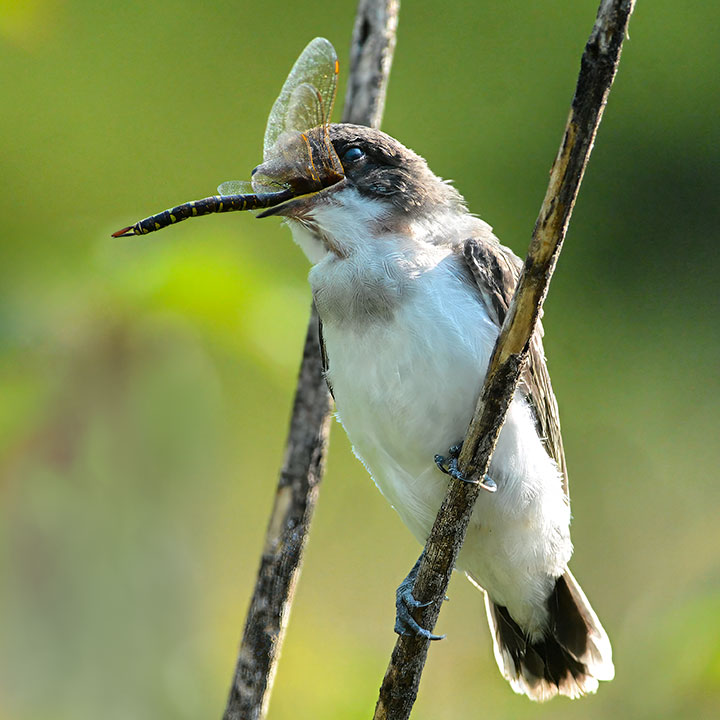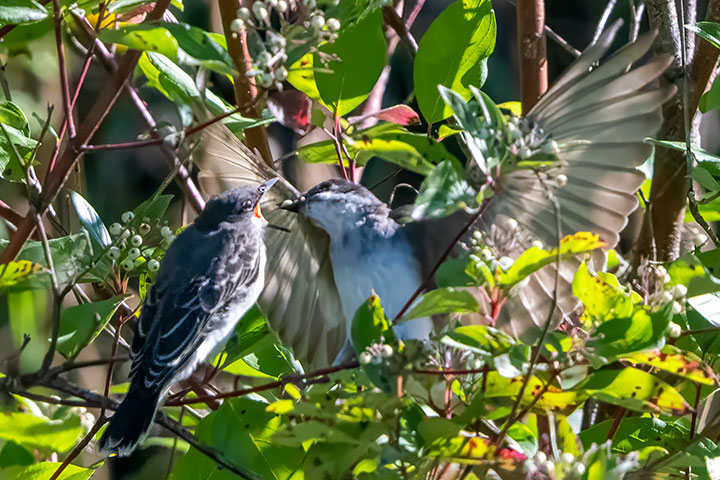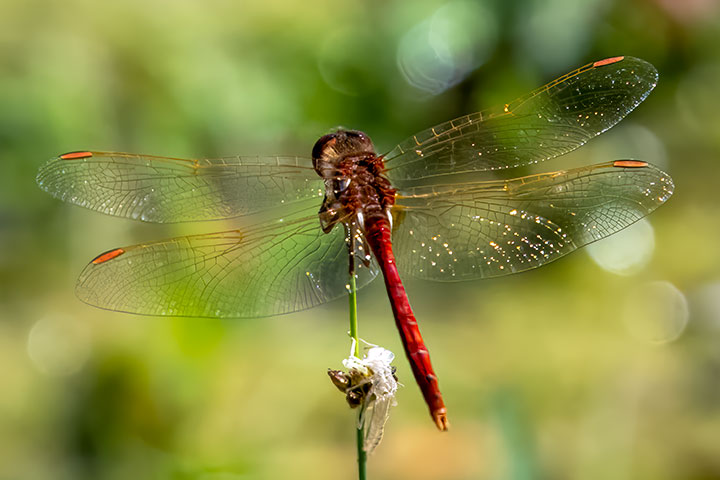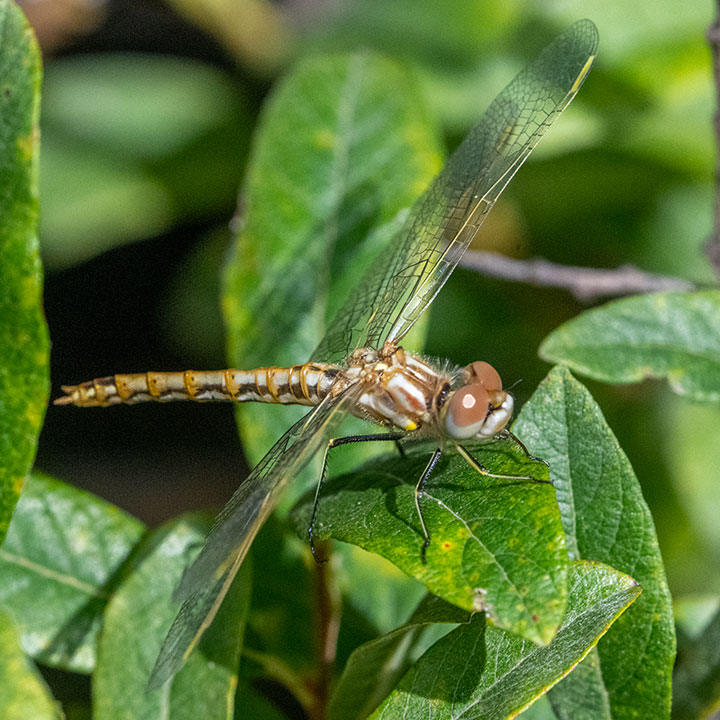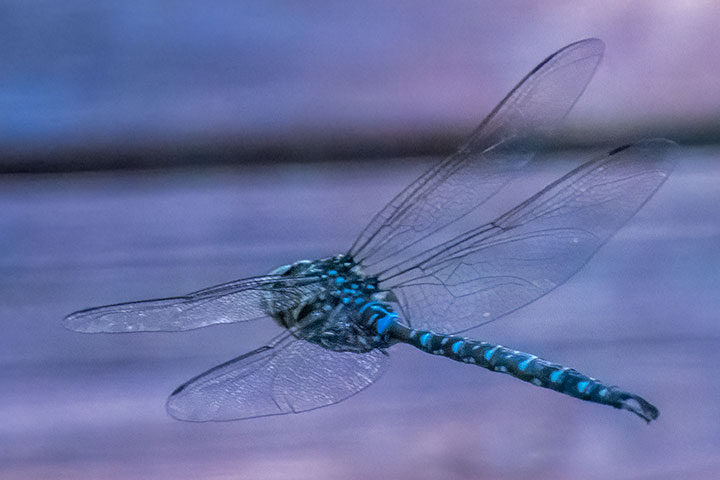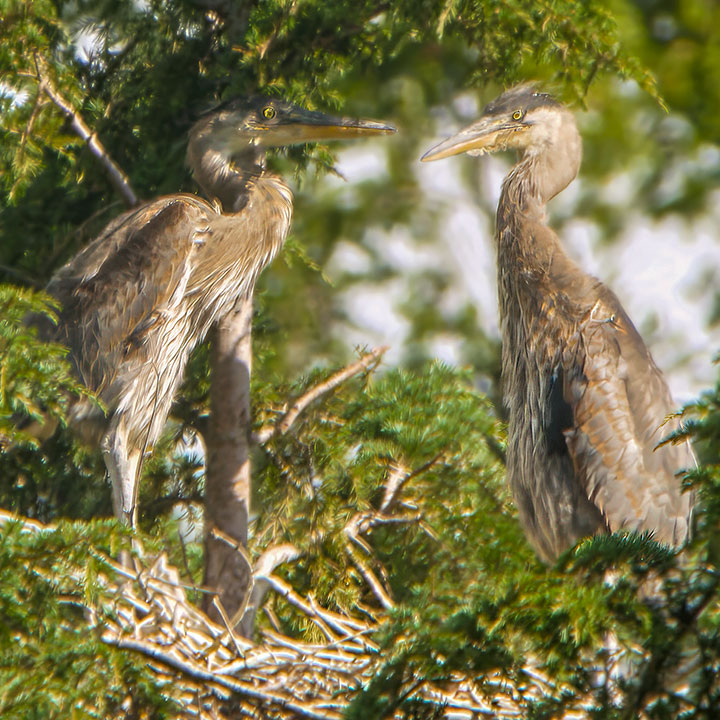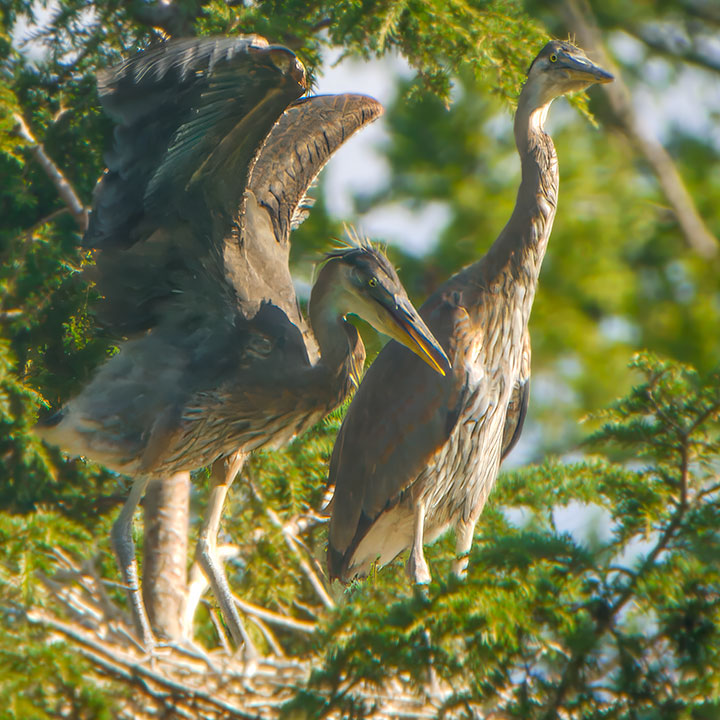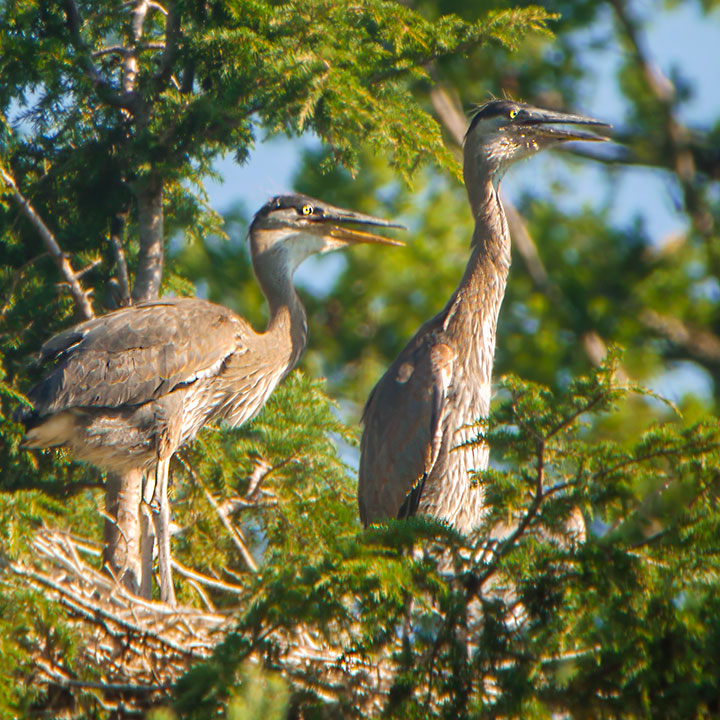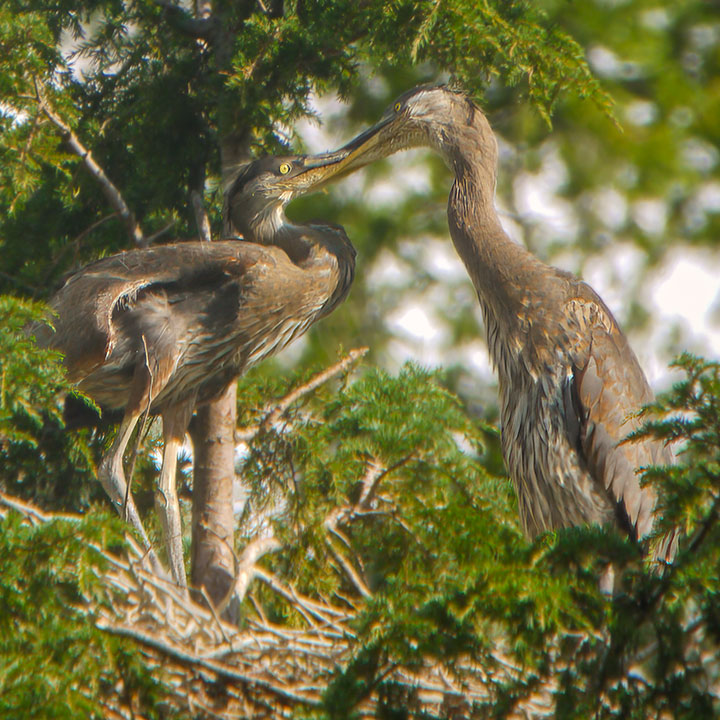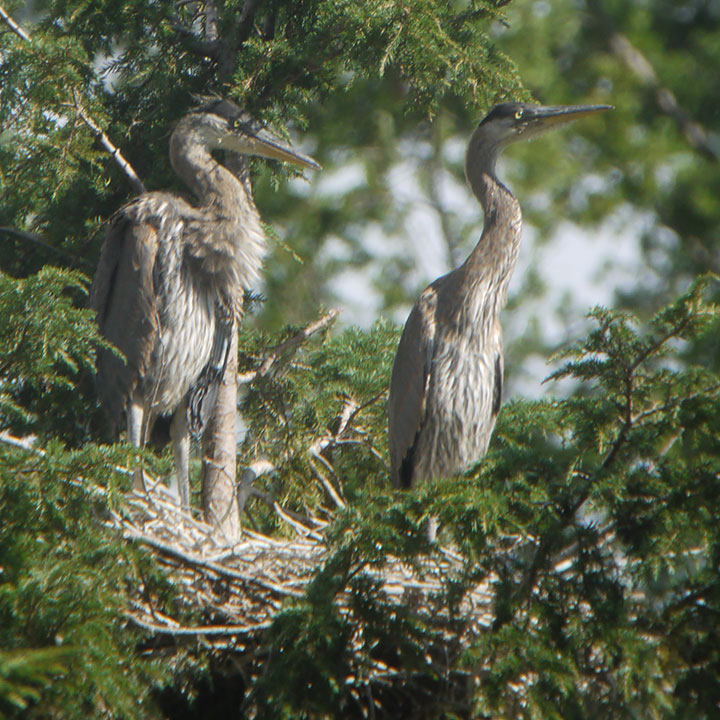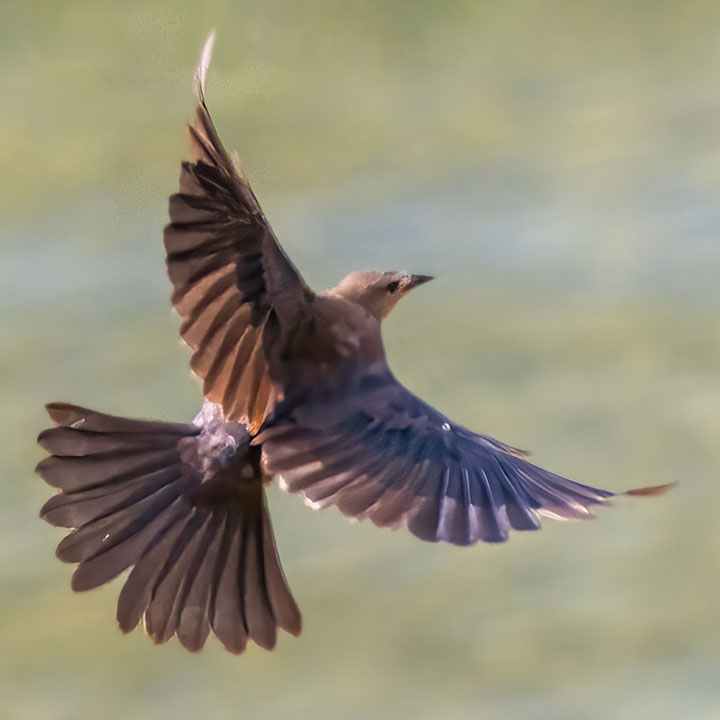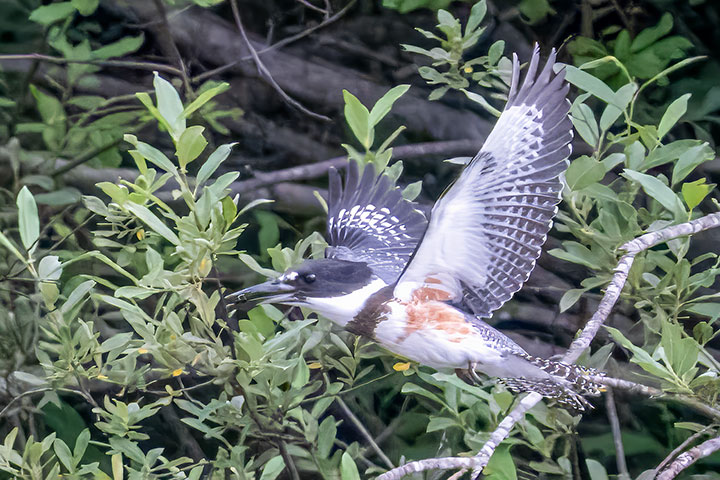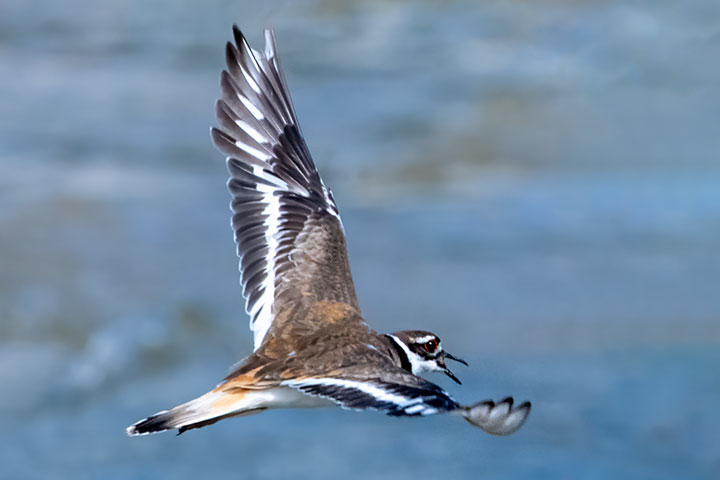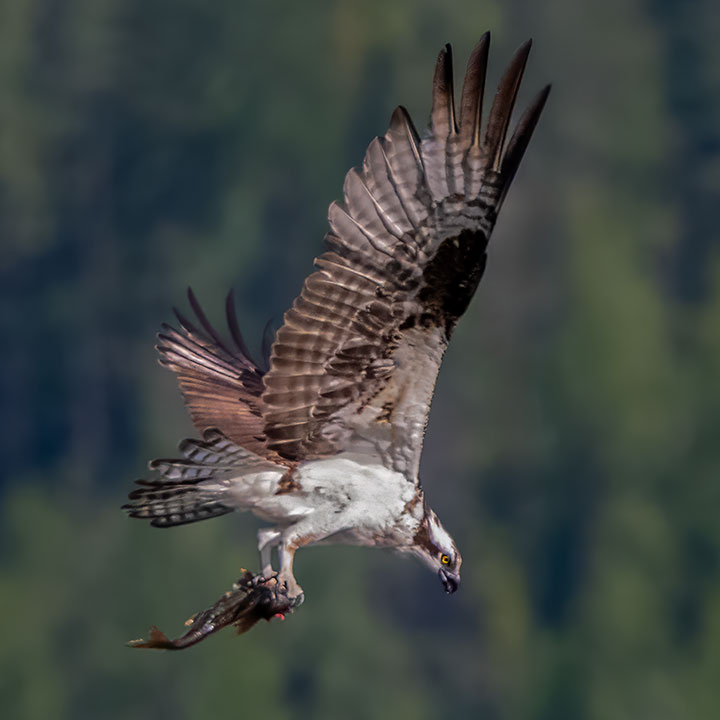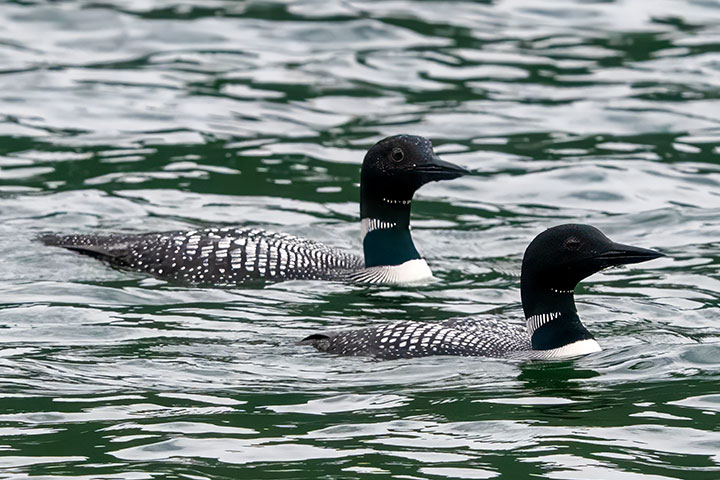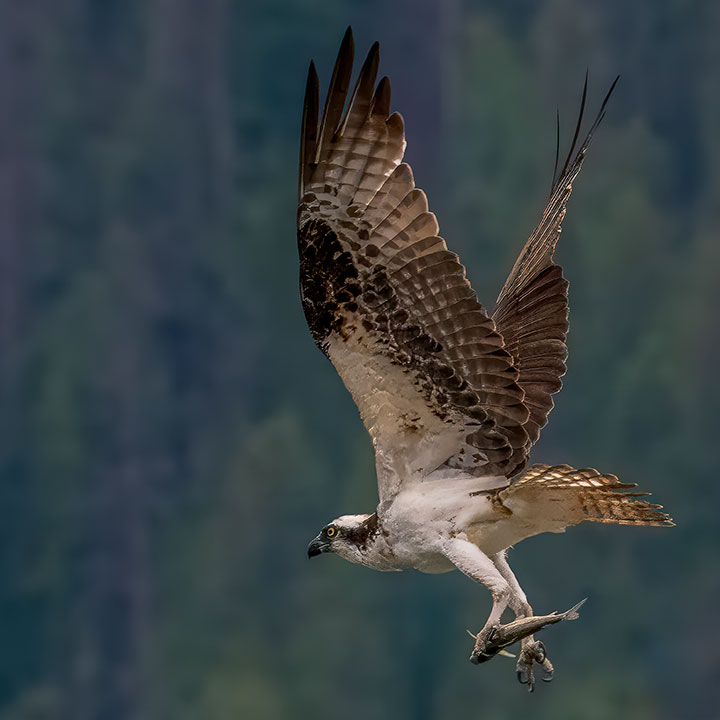Recently my parents and I visited Khutzeymateen Provincial park, located an hour and a half north of Prince Rupert by boat.
Finn’s posting: This posting was both photographed and written by Finn, who is Alistair’s grandson.
Grizzly bears are local to the Kootenays, where I previously photographed them, and indeed to most of B.C. However, they appear to be truly at home in the Khutzeymateen.
Protected as a park since 1994 (https://bcparks.ca/khutzeymateen-park-aka-khutzeymateen-ktzim-a-deen-grizzly-sanctuary/), the grizzlies of the Khutzeymateen inlet and river valley are subject to only a few commercial tours licensed to operate in the area, none of which are permitted to step on land. With rain falling 300 out of 365 days a year, the area never runs dry of food; from June until late July, bears thrive on the abundance of protein-rich (~18%) sedge grass adorning every shore. Here I share few moments spent with a mother and young cub (COY – ‘Cub of the Year’) learning to navigate its sanctuary.
B(e)arely a year old – pun intended – the cub understandably quickly grew bored of chewing on the sedge, instead opting for practicing yoga and an ambivalent flop over a nearby rock.
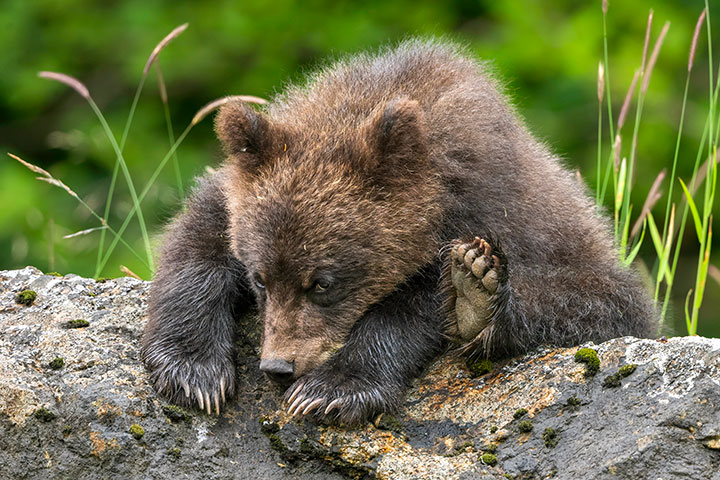
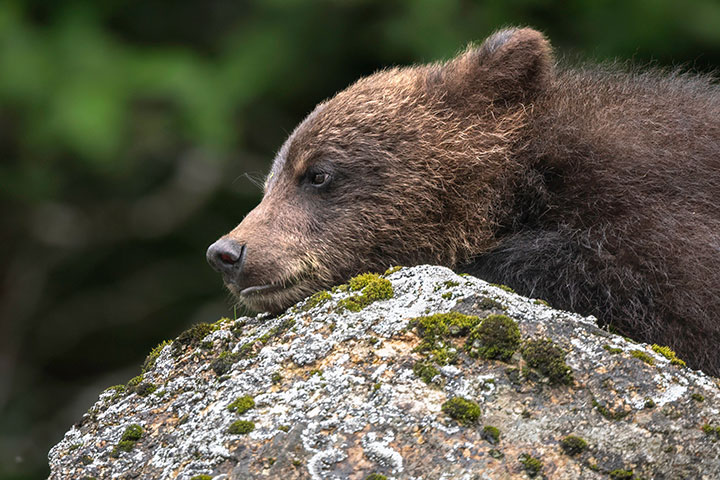
Meanwhile, the mother, with considerably more endurance for the task, continued munching in the vicinity.
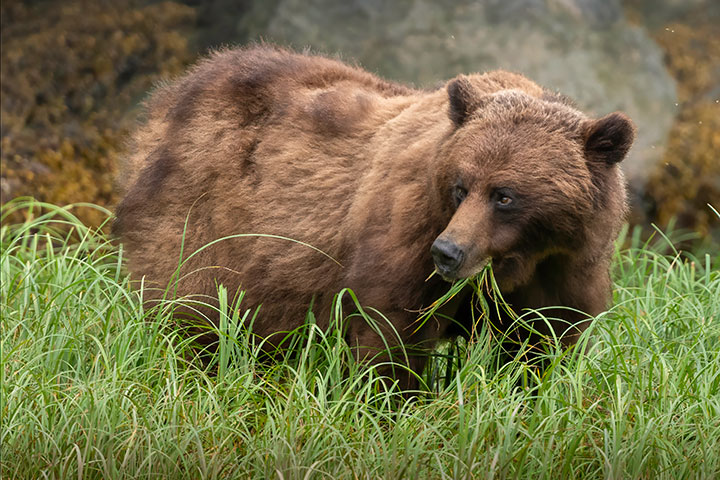
At some point, once the cub had tired of its relaxation, it clambered down off the rock for a heartfelt reuniting with its mother.
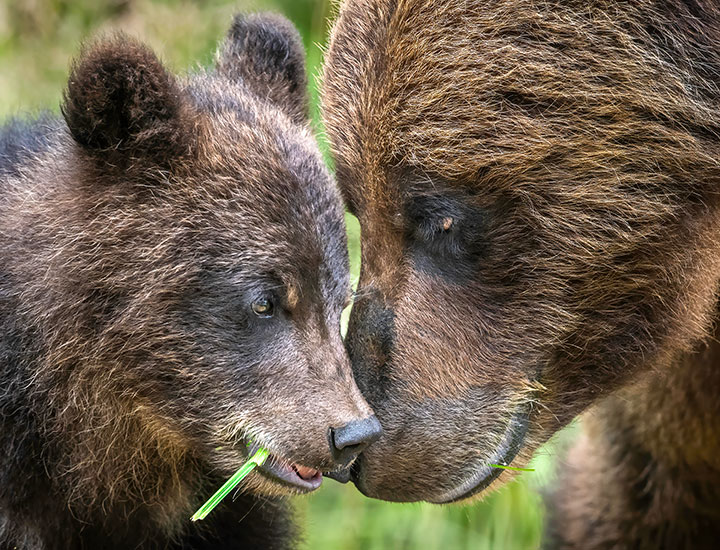
However, the cub soon grew just as tired of its mother as consuming ‘good-for-you’ sedge, and curiously wandered down to the waterline towards us for a drink of (salty?) water. Despite the isolation, the helicopter parenting strategy is also practiced in the Khutzeymateen – the mother signalled her displeasure by rising to her hind legs, the seriousness of her gesture perhaps undermined by the half-chewed bits of sedge hanging out of her mouth.
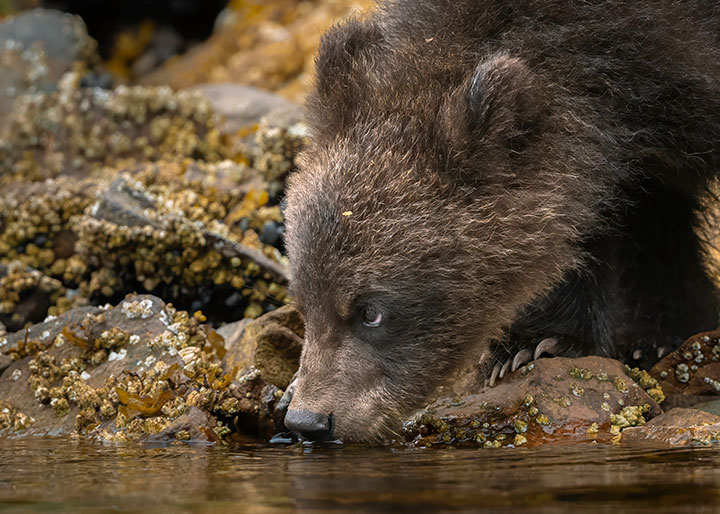

Nevertheless we and the cub heeded her warning, and as the cub scrambled back to join its mother, we moved on and left them to roam their sanctuary.
